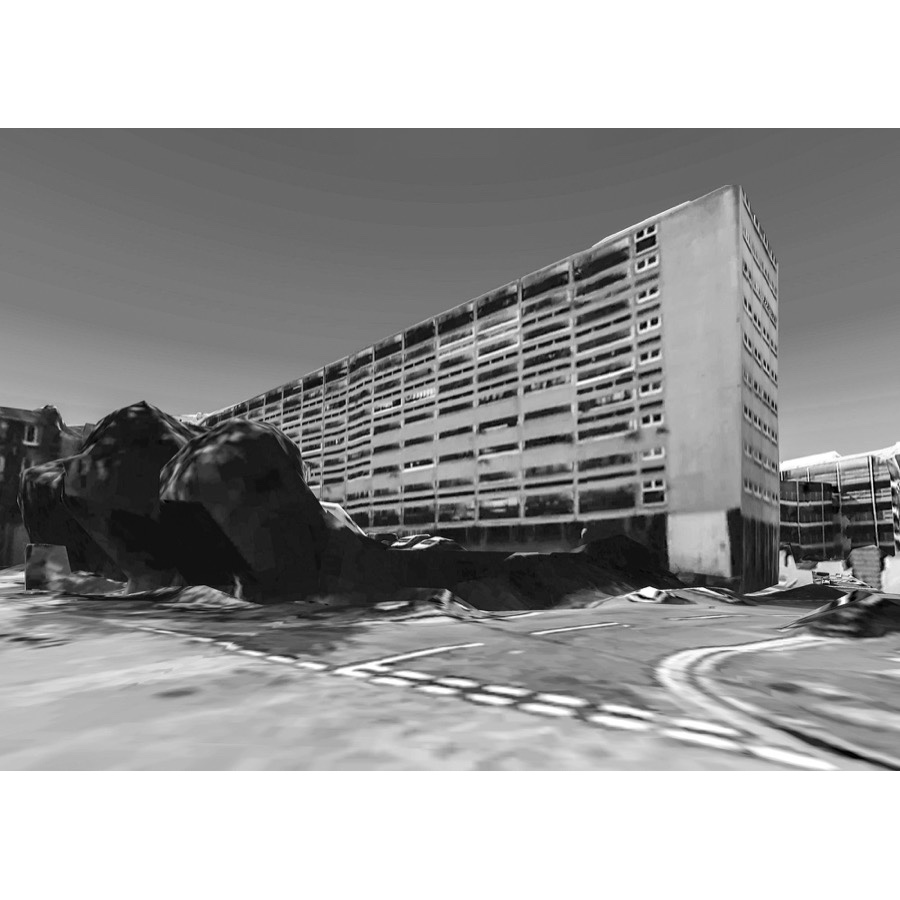
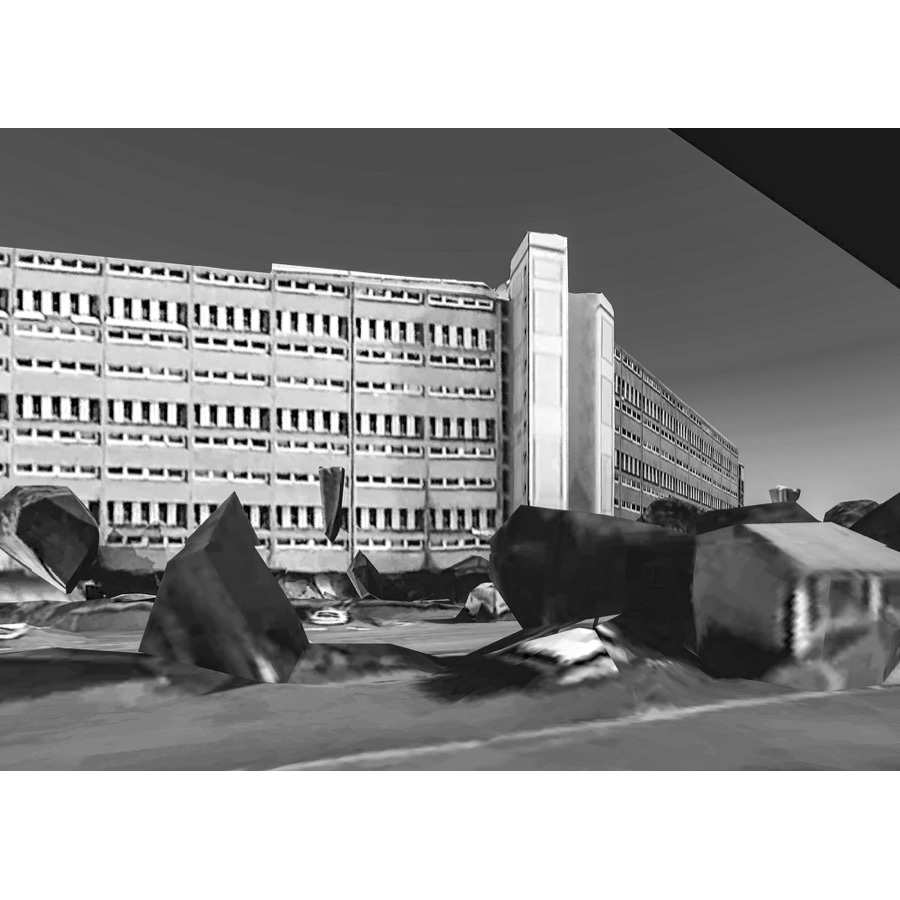
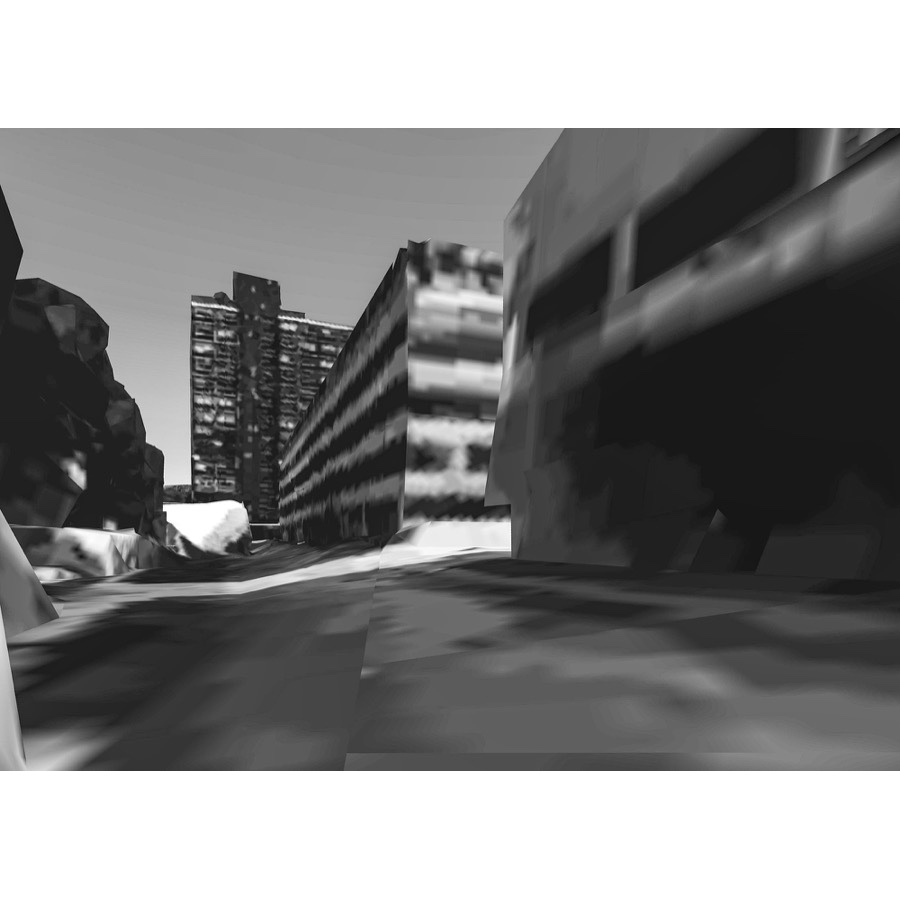
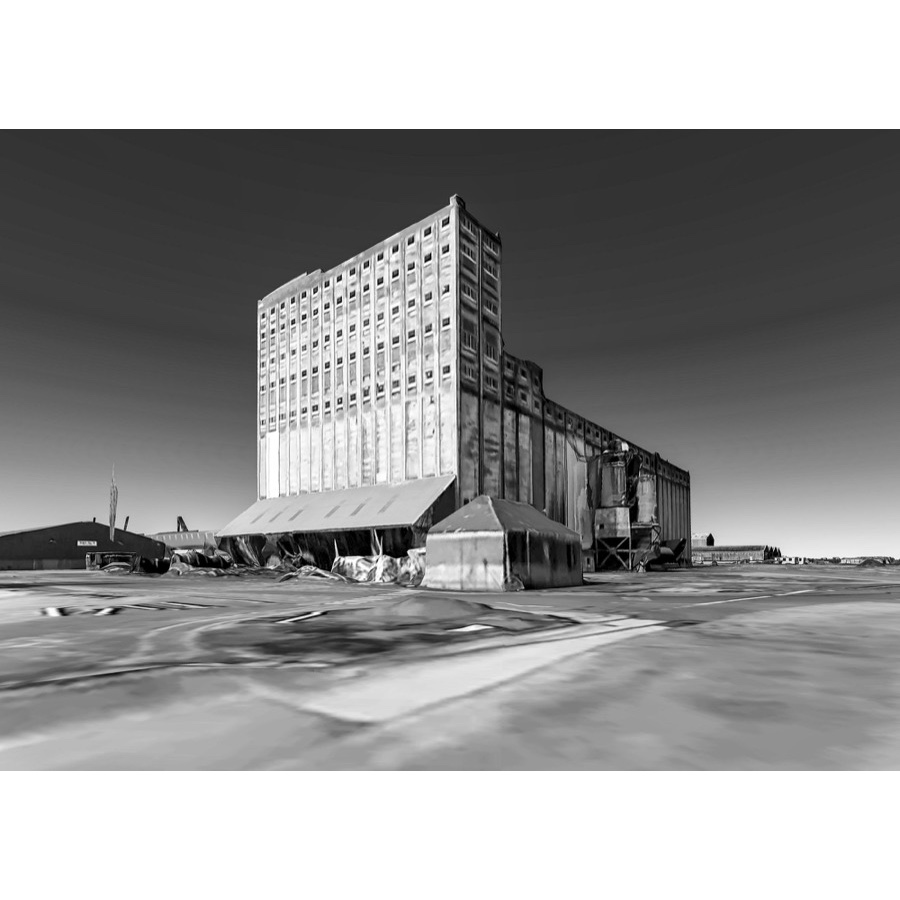
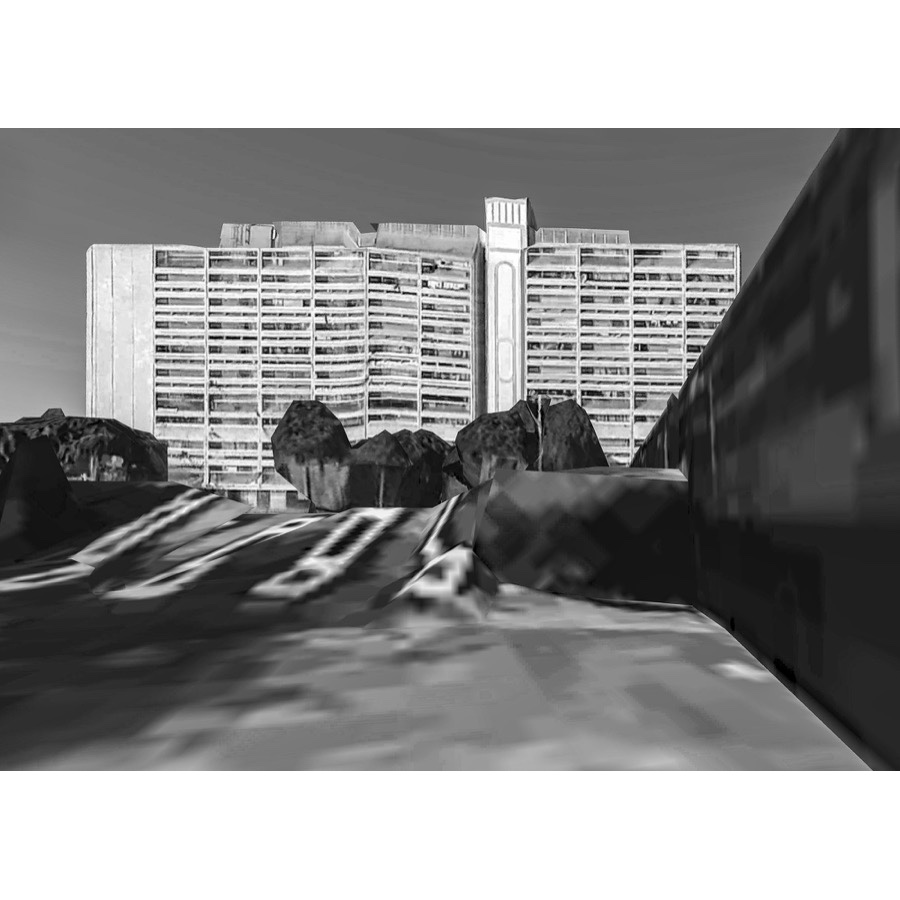
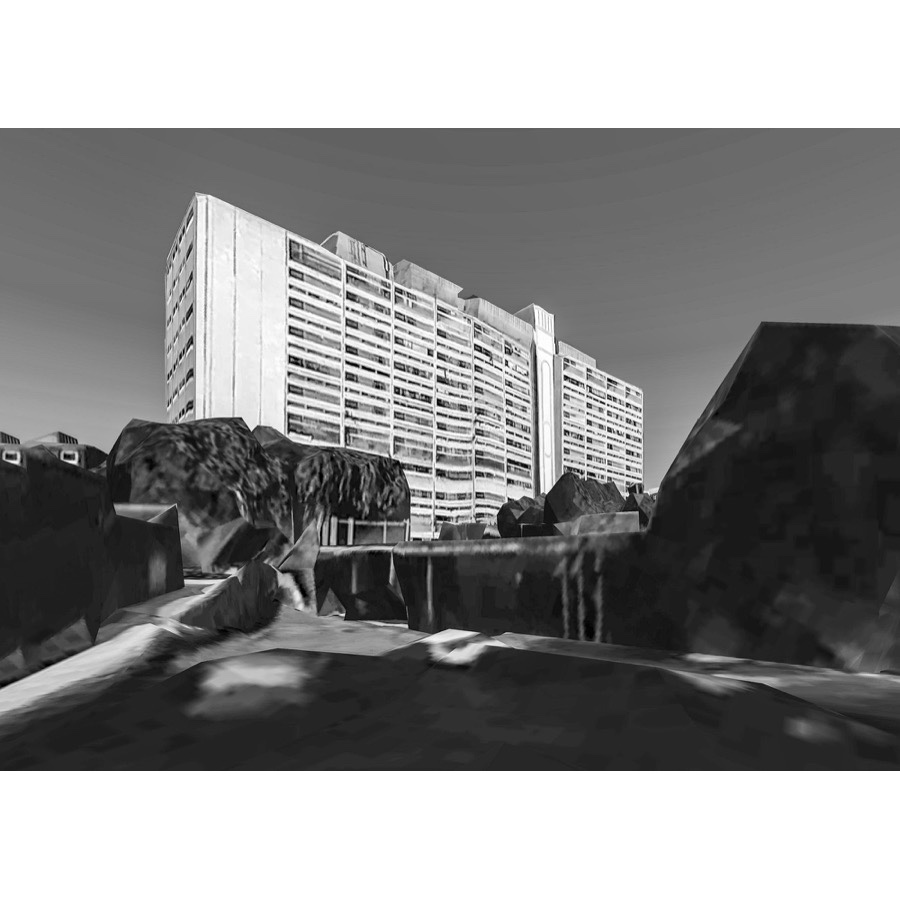
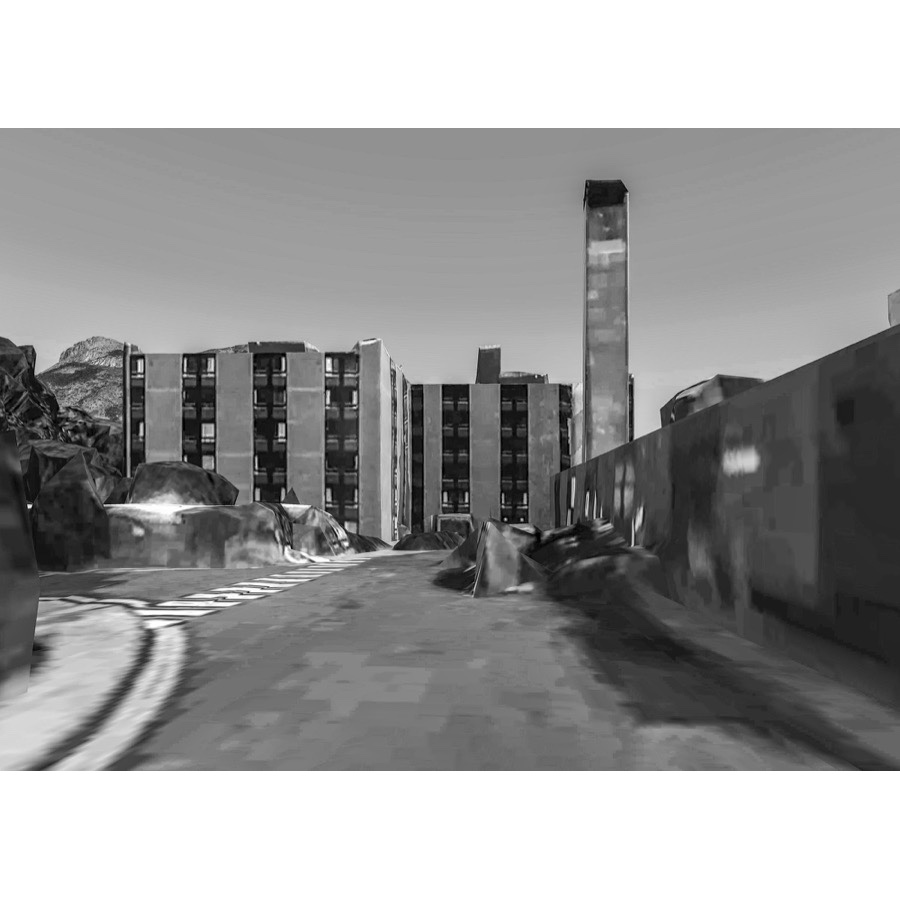
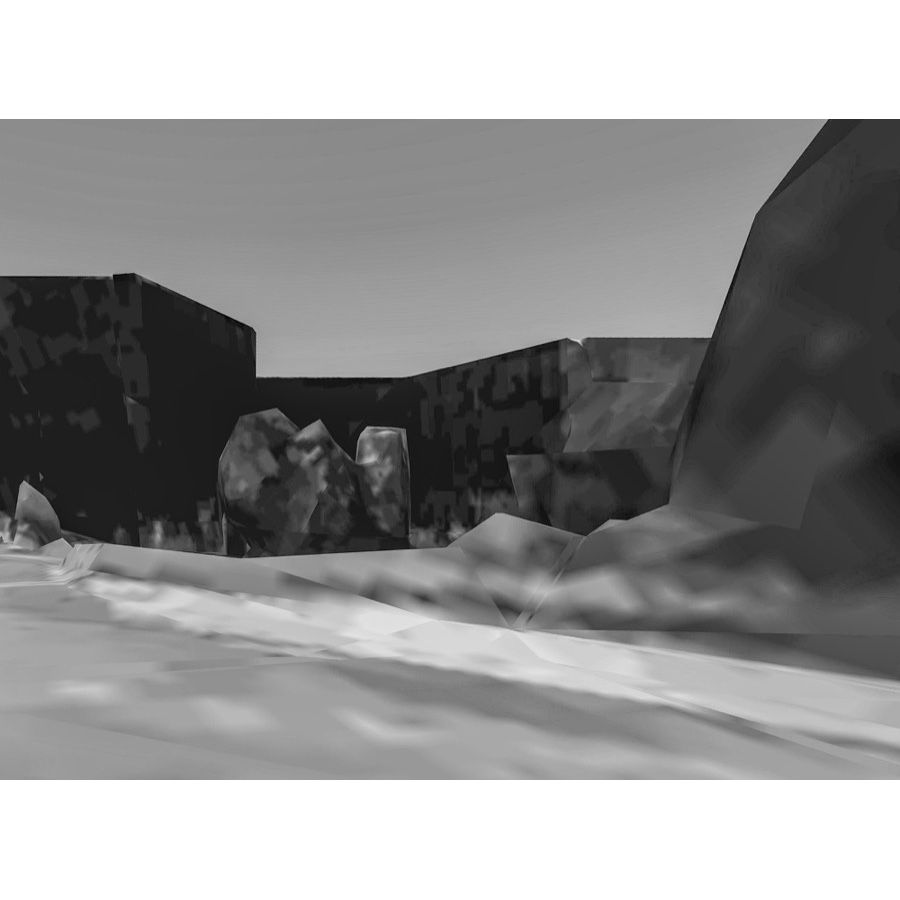
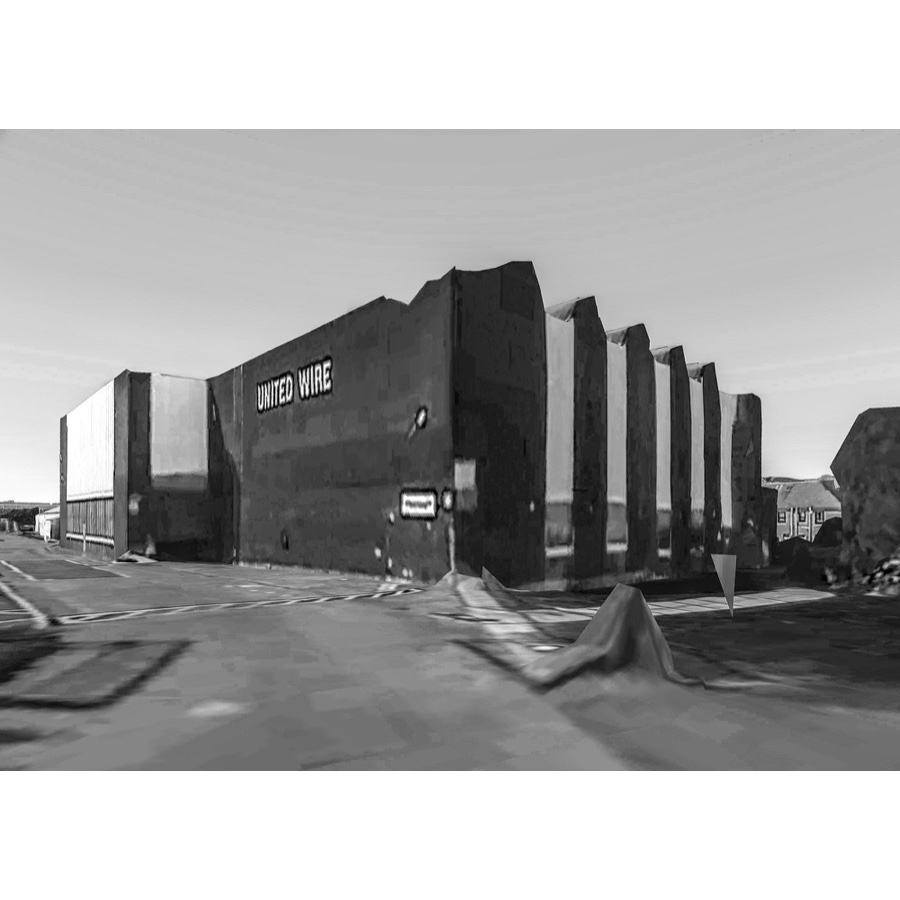
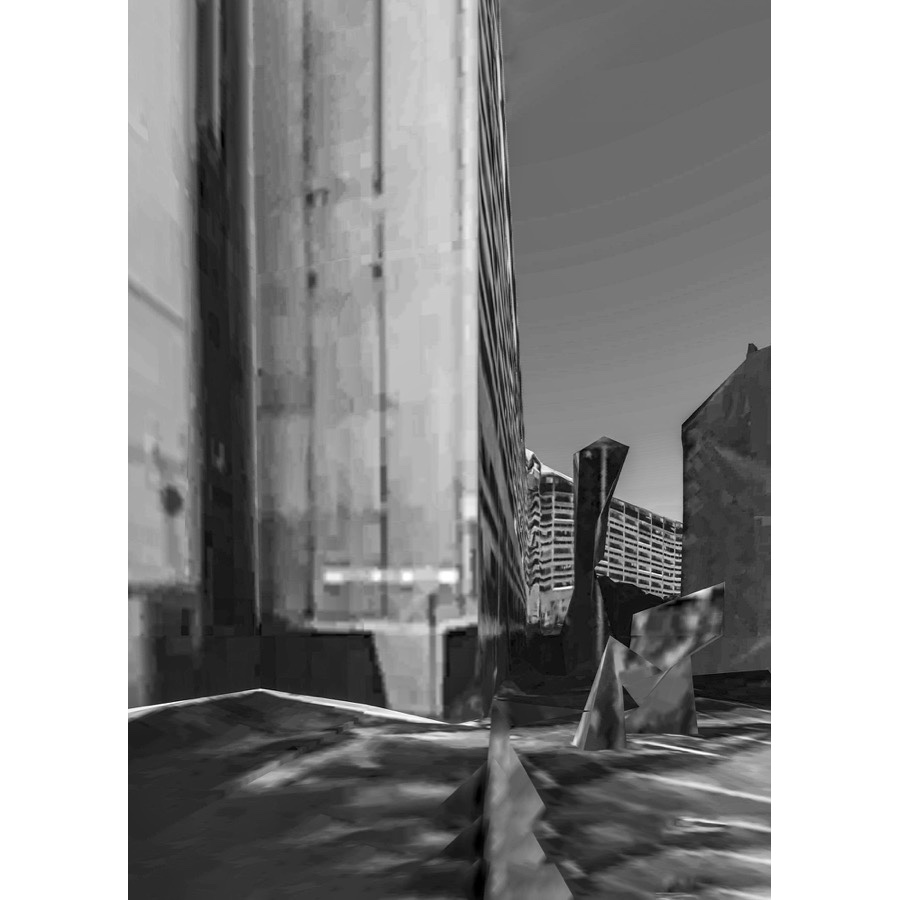
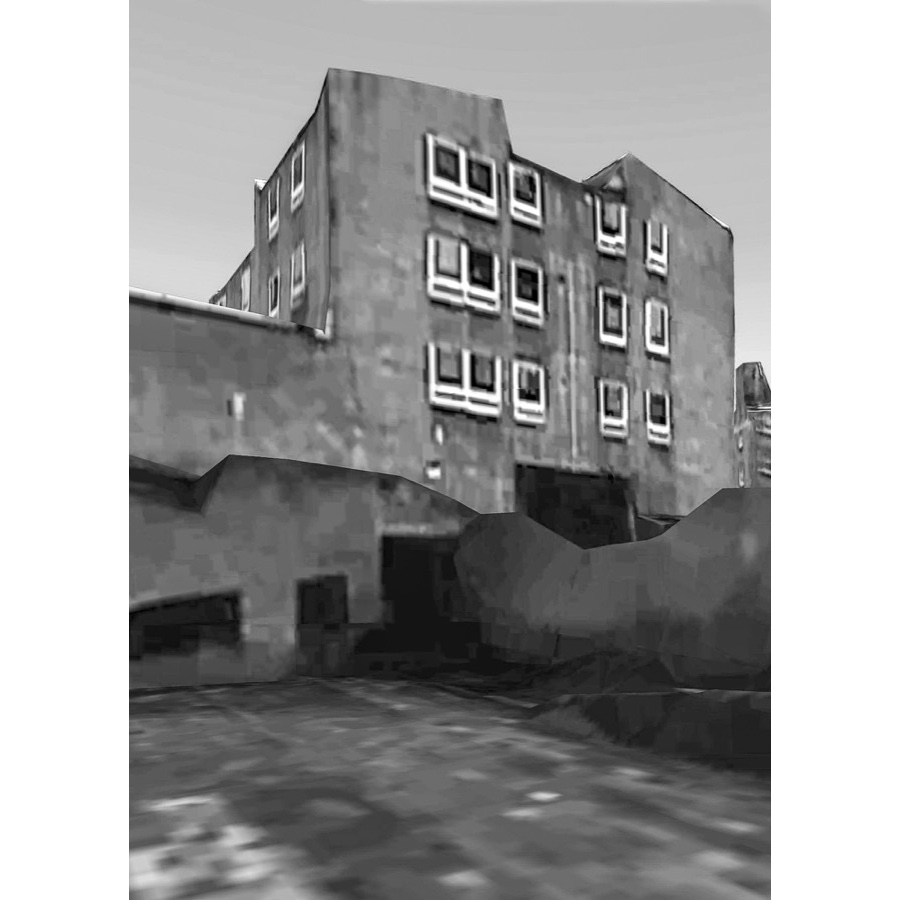
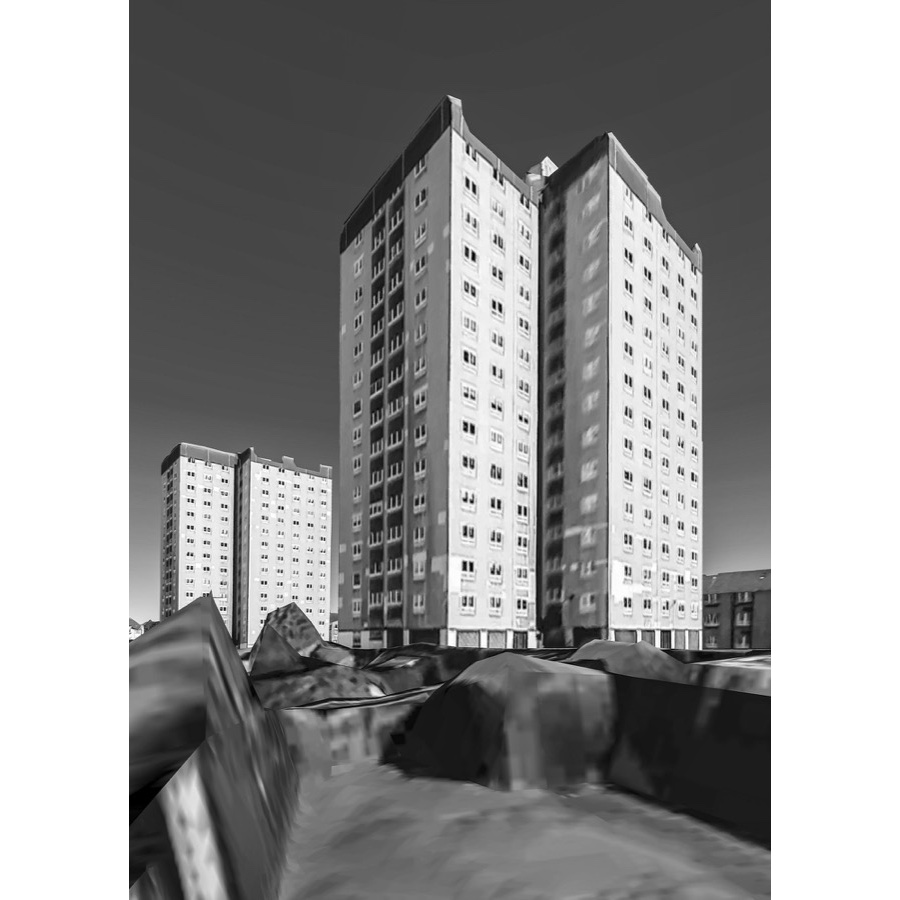
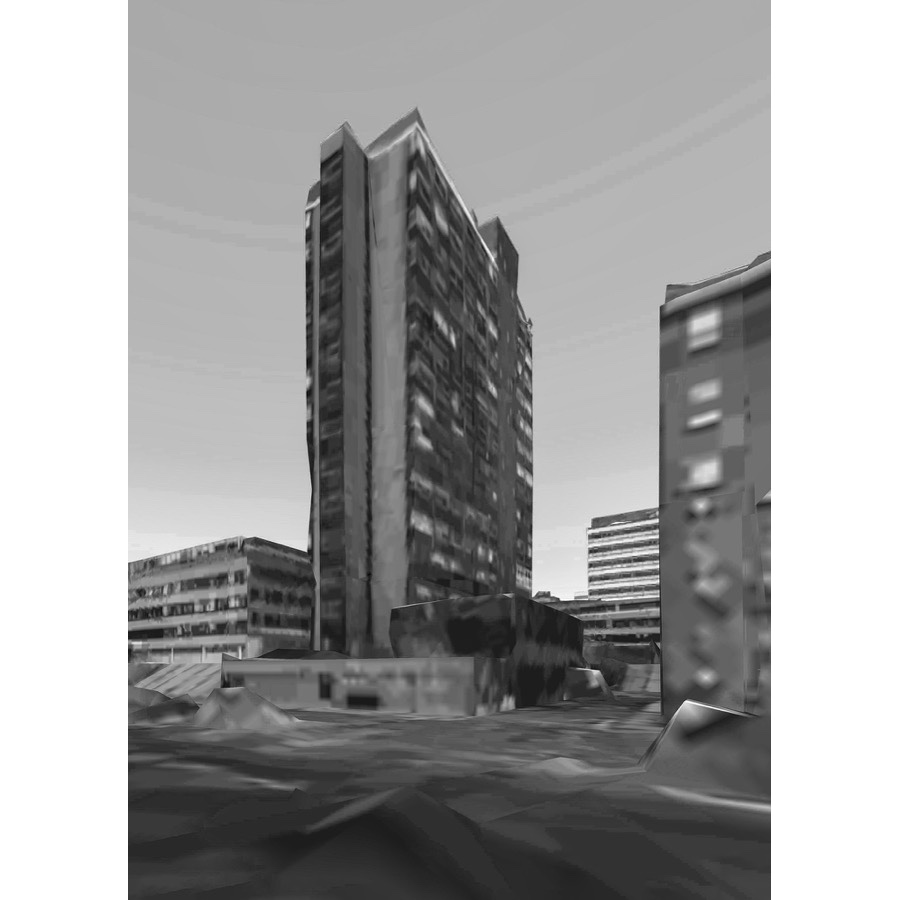
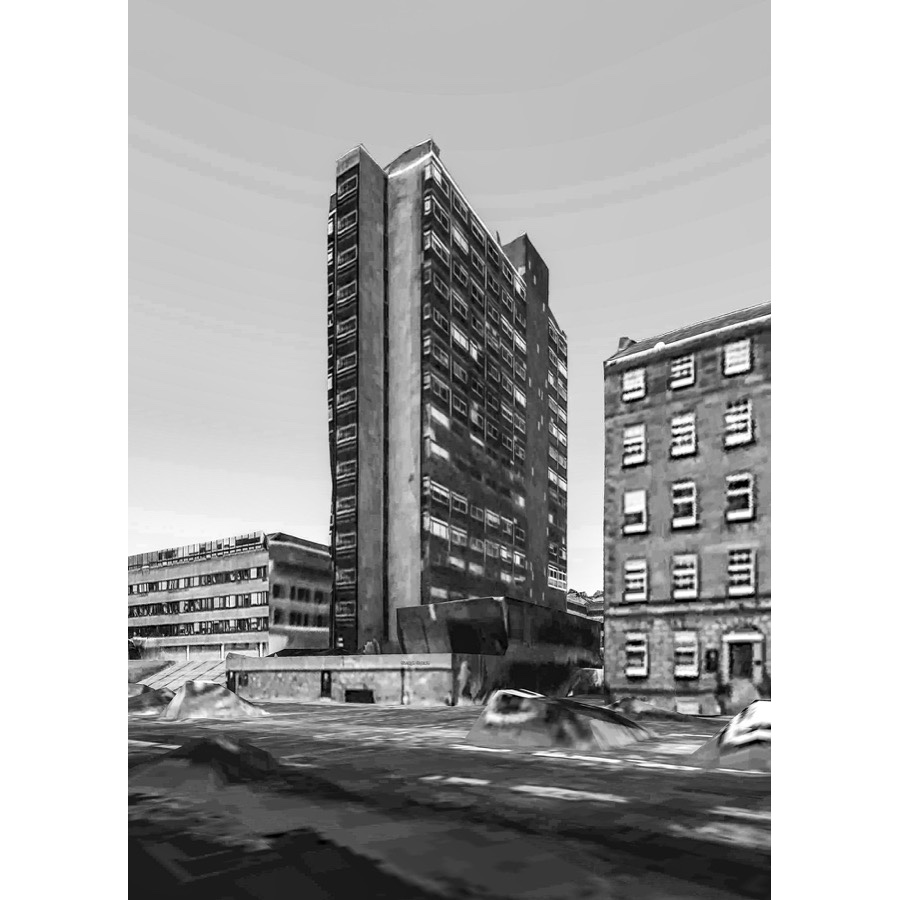
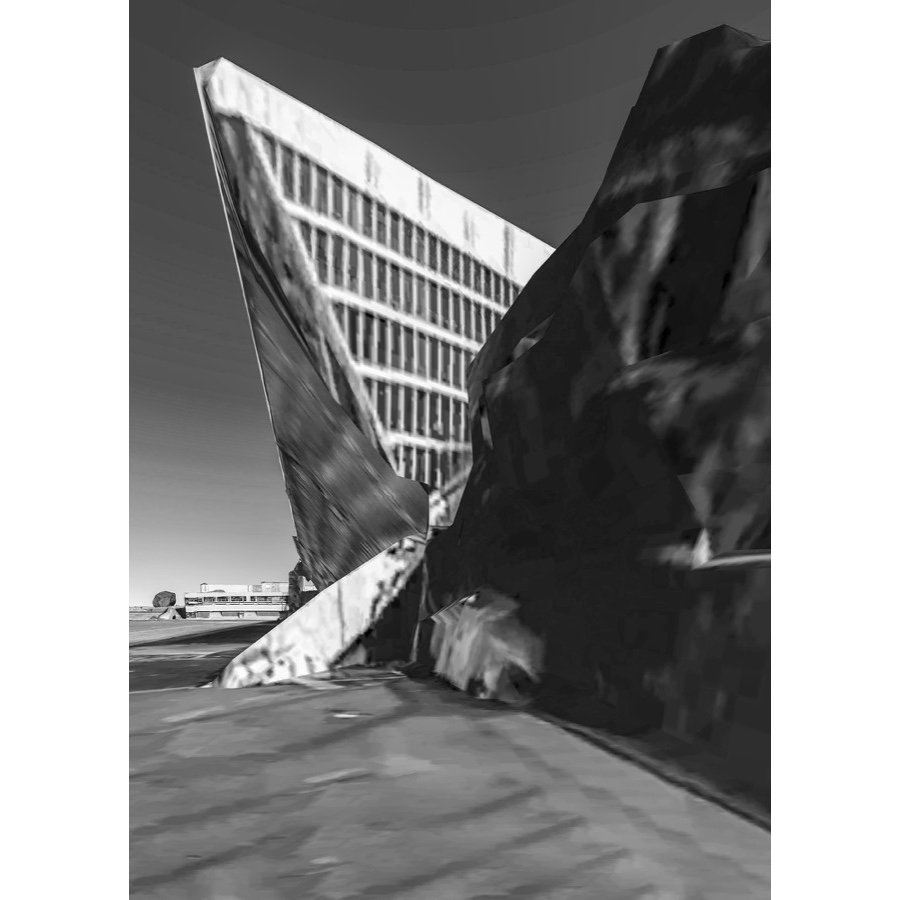















Brutalism
In Great Britain, Brutalism was featured in the design of utilitarian, low-cost social housing influenced by socialist principles, and soon spread to other regions across the world, including Asia, North America, and the Soviet Bloc. Brutalist designs became most commonly used in the design of institutional buildings, such as universities, libraries, courts, and city halls. The popularity of the movement began to decline in the late 1970s, with some associating the style with urban decay and totalitarianism. Brutalism has been polarising historically; specific buildings, as well as the movement as a whole, have drawn a range of criticism (often being described as "cold" or "soulless"), but have also elicited support from architects and local communities (with many brutalist buildings having become cultural icons, sometimes obtaining listed status). In recent decades, the movement has become a subject of renewed interest.
Source: Wikipedia
Google Earth
Earth Studio is a web-based animation tool for Google Earth imagery. Google Earth has a massive store of satellite and aerial (3D) imagery from large-scale geological features to individual city buildings. Earth Studio is the easiest way to leverage this imagery for still and animated content. How is Earth Studio different from Google Earth?
Earth Studio and Google Earth serve different purposes. Google Earth enables you to travel and learn about the world through a virtual globe. You can view satellite imagery, maps, terrain, 3D buildings and much more. Earth Studio, on the other hand, is a tool for animating geospatial information to create still and video content. They both share the same imagery dataset and use the same 3D rendering engine but have different features."
Source: https://www.google.com/intl/en_uk/earth/studio/faq/